Tips To Maintain Non-stick Cookware
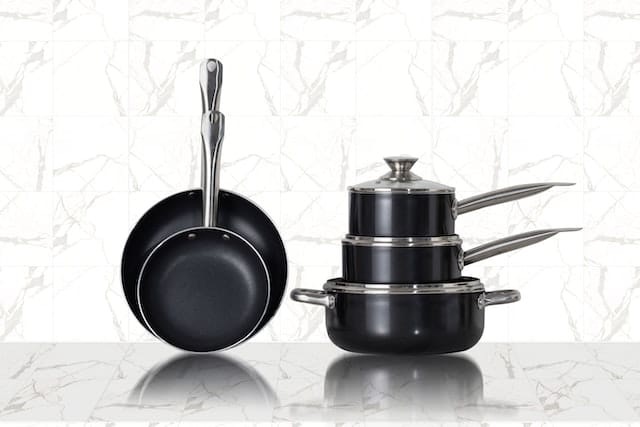
Using Non stick cookware regularly is very common nowadays and here are some general tips for the better performance and maintenance of them which I collected from different sources. I compiled them and given under the Smart Samayal Tips…
Advertisement
Advertisement
- The greatest advantage of nonstick cookware is that it needs no butter or oil to release the food cleanly, but you can certainly add fats for taste and texture.
- Never preheat an empty pan.
- It’s a good idea to rub about a teaspoon of oil or butter on a cold pan each time you use it, because despite the name nonstick, most of the cookware needs some kind of lubricant.
- The most important rule with nonstick cookware is to never use metal utensils on your nonstick surfaces; they can damage the coating in a split second. Opt instead for materials like wood, nylon, plastic, rubber or silicone, or use specially coated utensils designed for nonstick surfaces.
- Use a paste of equal parts baking soda and water to gently scrub the pan, using a non-metallic sponge or brush. Don’t forget the sides and other areas where oil residue can build up. Rinse well and dry.
- High temperatures cause the coating to crack. So cook in medium or low temperature for good results.
- Lightweight pans generally heat up fastest, so invest in heavier-weight cookware — it’s worth the extra money.
Steps to Clean Non-Stick Pans:
- If there is a layer of oil that is difficult to remove, fill the pan with water and add ½ cup of vinegar.
- Bring the water/vinegar mixture to a boil.
- As the mixture boils, the oil layer will rise to the top.
- Remove the oil and dispose of the water.
- Wash the pan with warm water and soap using a nylon scrubber.
- Rinse completely and dry with a soft cloth.
Steps to Remove Residue:
- Sprays and grease can leave a residue on non-stick pans that is difficult to remove.
- Start by mixing water and baking soda to make a paste.
- Spread the paste on the residue.
- Scrub the surface with a nylon scrubber. The baking soda acts as an abrasive to safely remove the residue without damaging the non-stick surface.
- Once the residue is removed, wash with soap and water.
- Rinse completely before drying with a soft cloth.
Advertisement
Articles You May Also Like
Recipes You May Also Like
No comments yet
Leave a Reply
You must be logged in to post a comment.
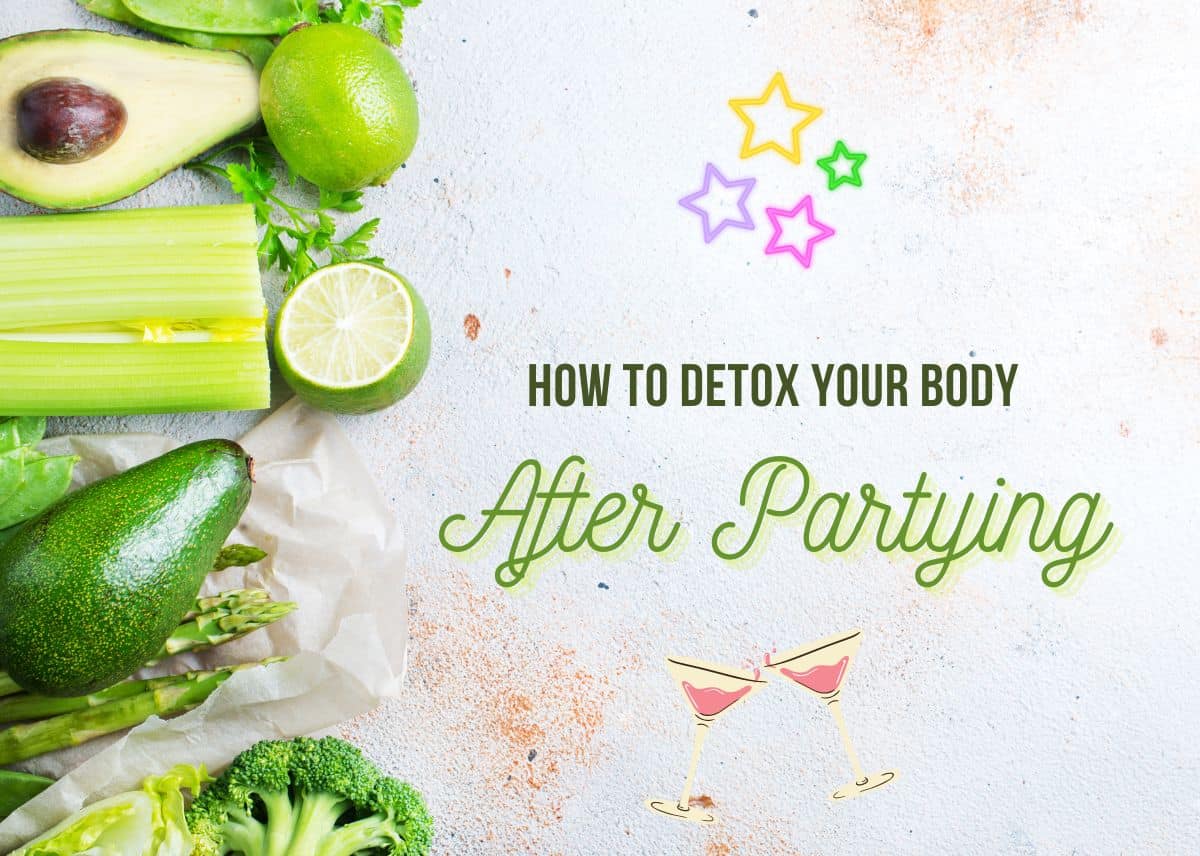
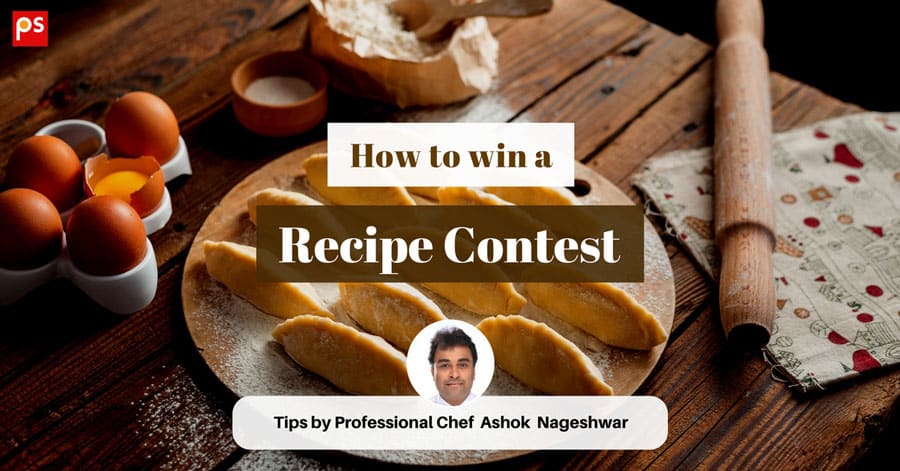


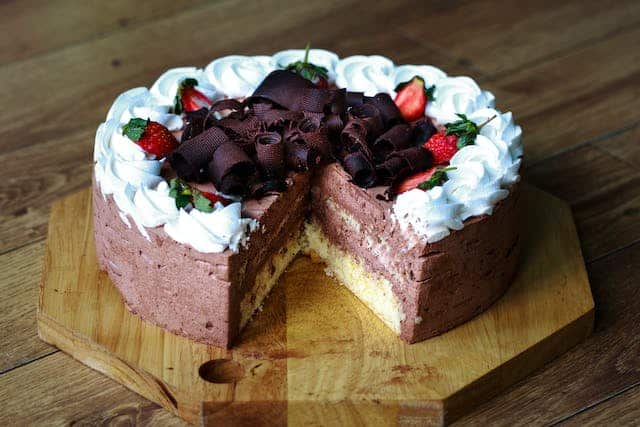

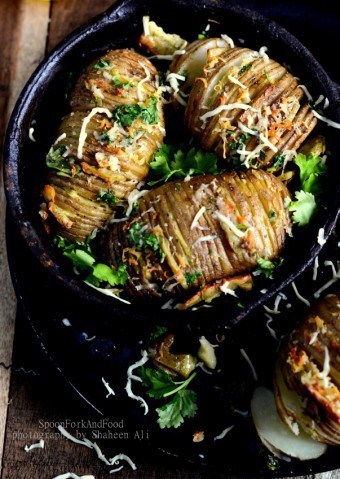
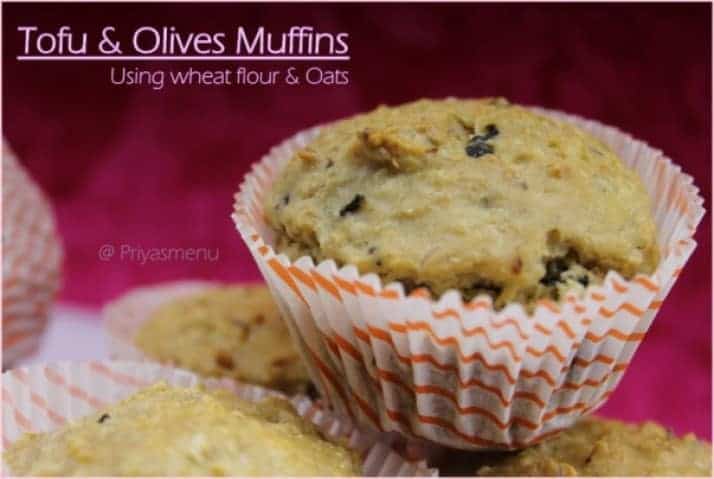

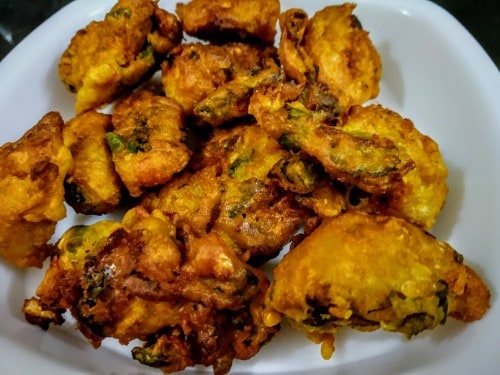
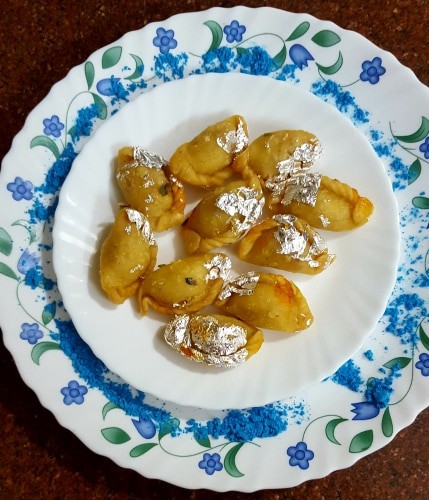
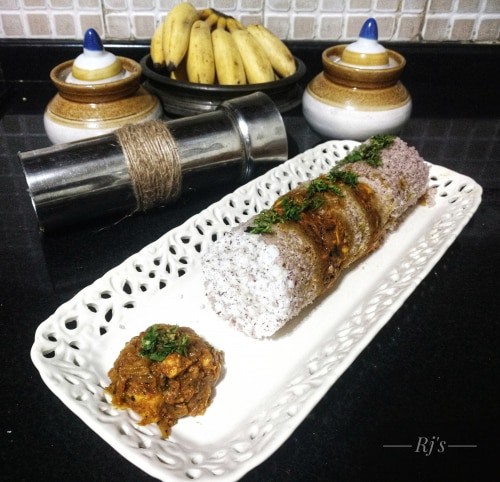
Nice Tips…….
Thank you ma’am awesome tips.I m going to spread this article across all my profile.